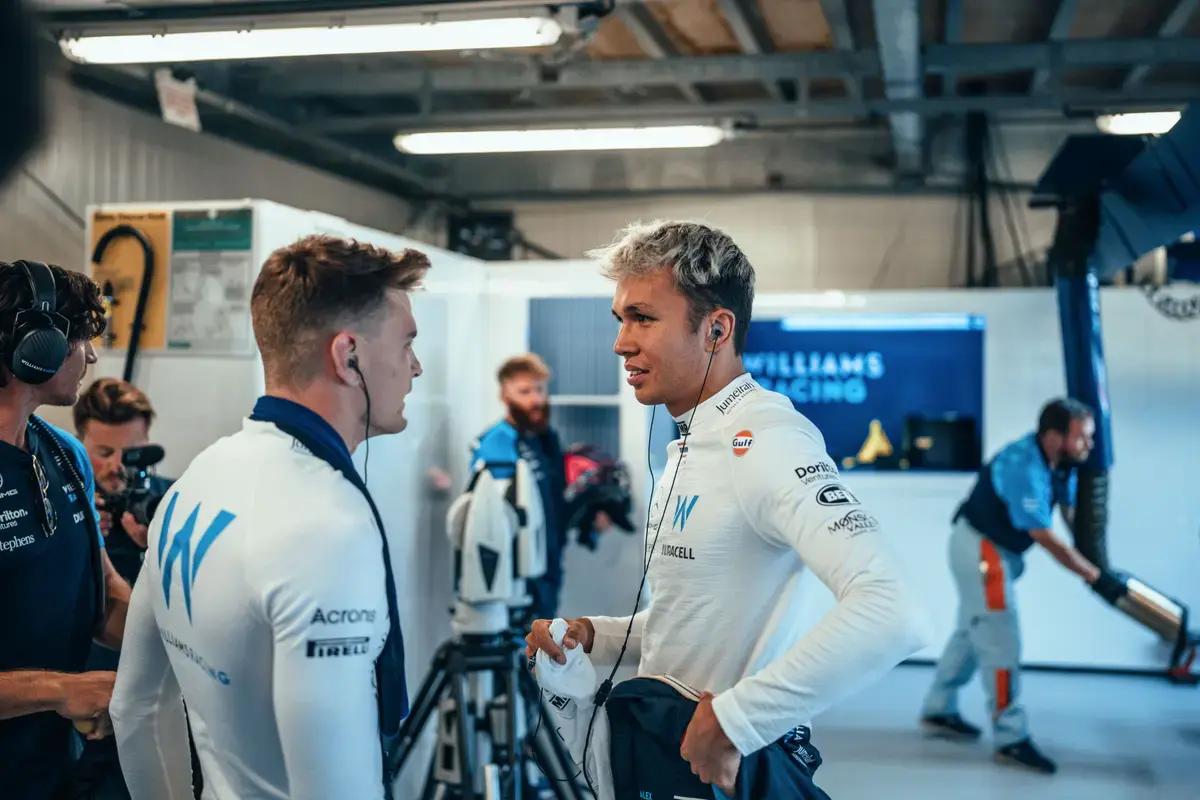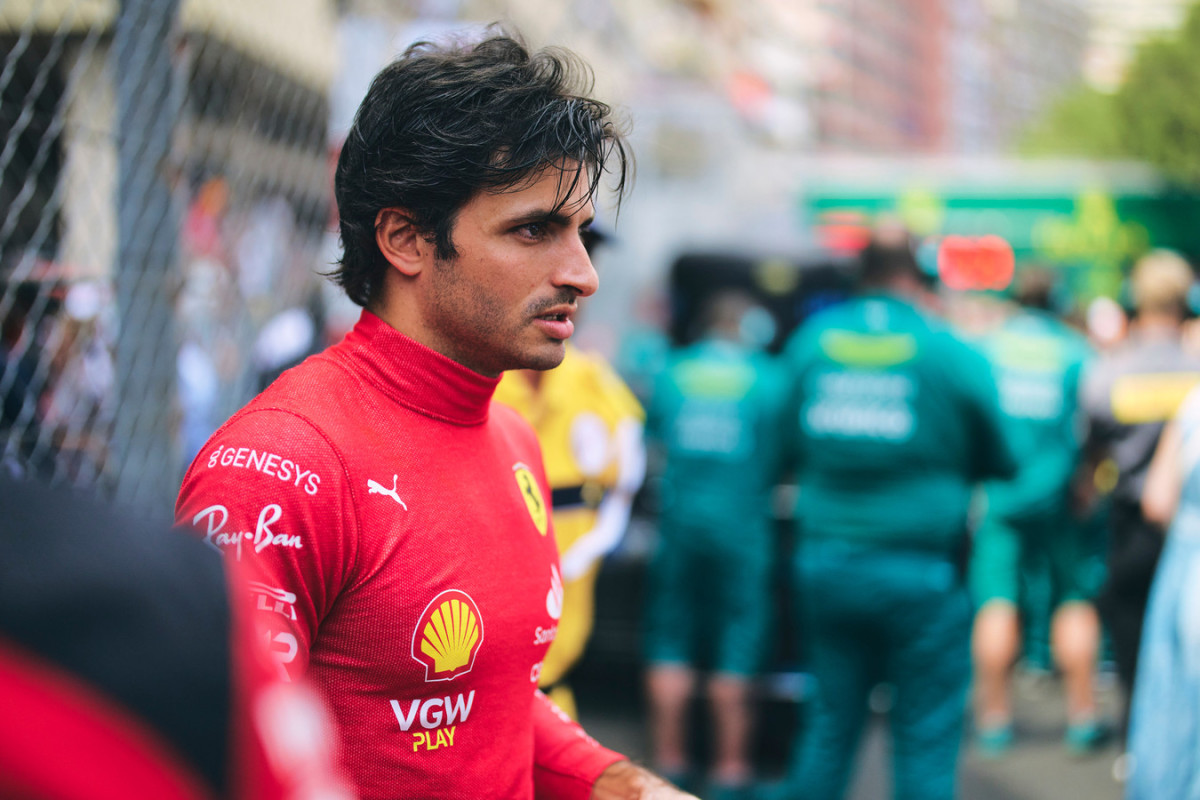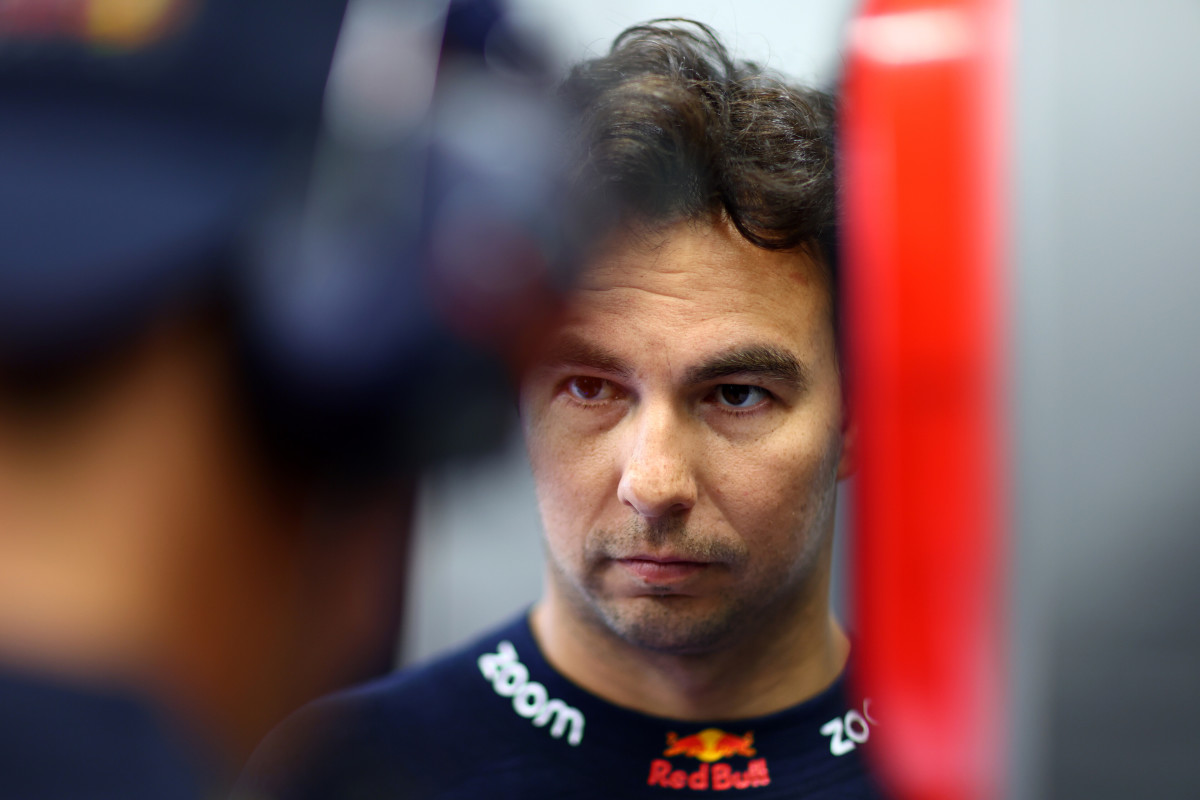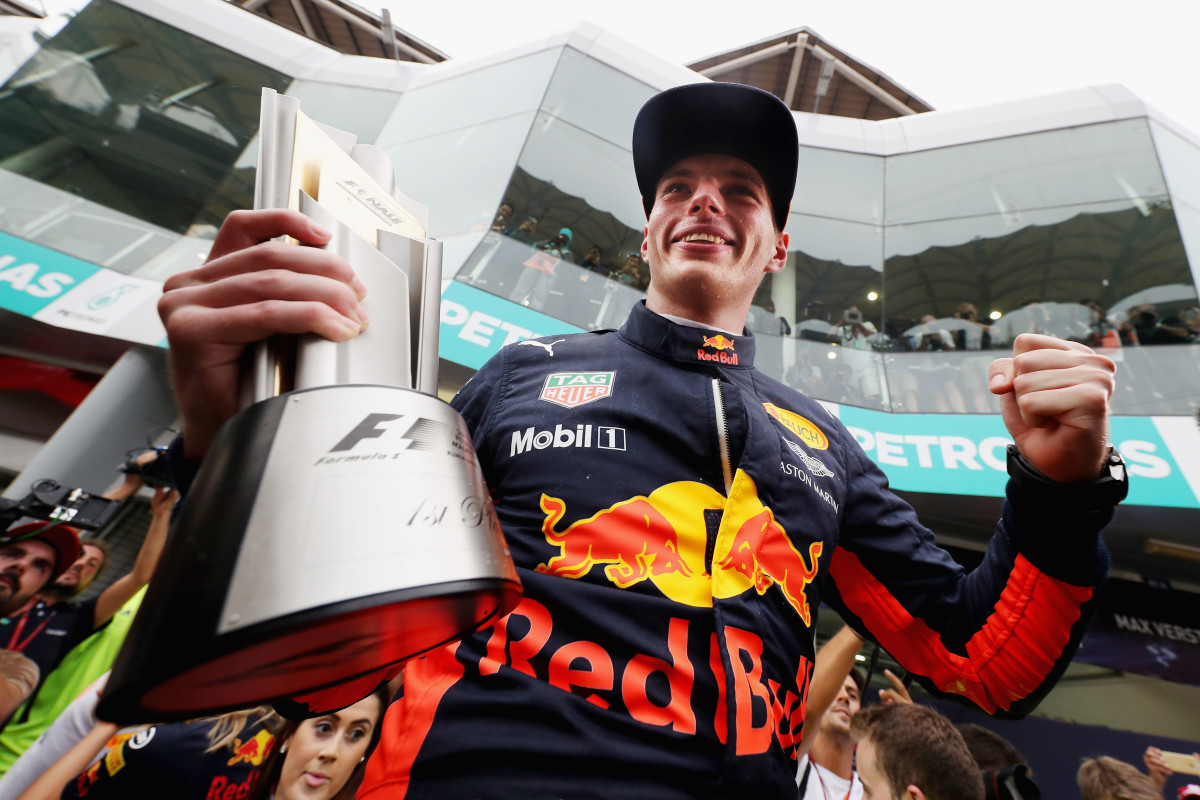2023 F1 Season: The Drivers Who Cost The Most In Damage Revealed

The 2023 Formula 1 season has been as demanding on the track as it has been on team finances. With the cost cap now a pivotal aspect of the sport's financial regulation, each incident that results in car damage has a direct impact on a team's budget.
The costs associated with repairs and parts replacement due to on-track incidents can significantly strain a team's financial resources, which are now strictly limited under the new rules.
Drawing from data collected throughout the season, we examine which drivers have accrued the highest damage bills.

Driver Damage Totals
- Logan Sargeant: $4.33 million
- Carlos Sainz: $3.64 million
- Sergio Perez: $3.22 million
- Esteban Ocon: $2.99 million
- Lance Stroll: $2.83 million
- Alexander Albon: $2.78 million
- Kevin Magnussen: $2.57 million
- Pierre Gasly: $2.42 million
- Oscar Piastri: $2.27 million
- Charles Leclerc: $1.91 million
- Niko Hulkenburg: $1.55 million
- Nick de Vries/RIC: $1.52 million
- Lando Norris: $1.45 million
- Yuki Tsunoda: $1.25 million
- Guanyu Zhou: $1.20 million
- Lewis Hamilton: $880,000
- Fernando Alonso: $830,000
- Valtteri Bottas: $700,000
- George Russell: $670,000
- Max Verstappen: $345,000
Grand Total for all drivers: $39.42 million
Logan Sargeant
In a season where the cost cap has put teams' financial strategies under the microscope, Logan Sargeant's name has emerged in a category no driver wishes to lead. The Williams rookie has unfortunately become the most expensive driver in terms of crash damages for the 2023 season, having accumulated nearly $4 million in repair costs. His repeated encounters with the barriers over several race weekends signal the rookie's learning curve, something that carries a significant financial penalty.
For a team like Williams that is struggling to reach the cost cap regardless of extra expenses such as repairs, this hasn't gone down well.
Unfortunately for Sargeant, the Williams team is yet to confirm his contract for the 2024 season, hinting that they are looking for other talent to fill the racing boots of the American driver. One such name is Frederik Vesti, a Formula 2 driver who has caught the eye of team boss James Vowles.
"He will always remain a part of our academy.
"We are not in a position to confirm [Logan's seat] just at this point in time.
"I'm proud of the steps he's made across this year."
Carlos Sainz

It's no surprise to see Carlos Sainz at the top end of the list either, with the driver involved in multiple incidents, most notably the incident at the Las Vegas Grand Prix where the driver hit a raised drain cover.
While this wasn't his fault, he was penalised for the substantial repairs his car was forced to go through that weekend, and this arguably ruined the team's chances of coming second in the Constructor Standings.
Sergio Perez

It's safe to say that while Sergio Perez came second in the Driver Standings behind teammate Max Verstappen - a first for Red Bull - he didn't have the perfect season. Countless incidents and silly mistakes saw him leave the track on multiple occasions. The most heartbreaking was his home race at the Mexican Grand Prix, where his RB19 was damaged and left the track on the first corner of the race.
Leaving his fans distraught, he was forced to DNF, once again raising questions about his tenure within Red Bull. Fortunately, he turned it around towards the end of the season, and while team principal Christian Horner has demanded better qualifying performance, he's happy with Checo's place in the Milton Keynes squad.
Max Verstappen

Sitting at the very bottom of the list with only $345,000 of damage, Max Verstappen finished every race of the season. In fact, he was the only driver to do so. This has so far only been achieved by Lewis Hamilton in 2019 and Michael Schumacher in 2002.
Alex Albon almost carried this record, but his DNF in Canada in 2019 saw him lose this stat.
The Importance Of These Figures
The imposition of the cost cap in Formula 1 has significantly changed how teams approach their finances, particularly with regard to repair costs. When drivers like Sargeant tally up millions in damages, the ramifications echo throughout the paddock. Under the cost cap, teams must operate within a fixed budget, which means that every dollar spent on repairs is a dollar less for development. Such costs can deplete the resources meant for crucial mid-season upgrades or even the next season's car development.
The ripple effect of these costs also stretches to team personnel decisions, potential salary caps, and other operational expenses. In essence, the cost cap has elevated the strategic importance of reliability and consistency on the track. Teams are now more likely to invest in comprehensive simulation and driver training programs, aiming to minimise on-track errors and their associated costs. In this financial era of the sport, the adage 'to finish first, first you have to finish' has never been more economically relevant.
